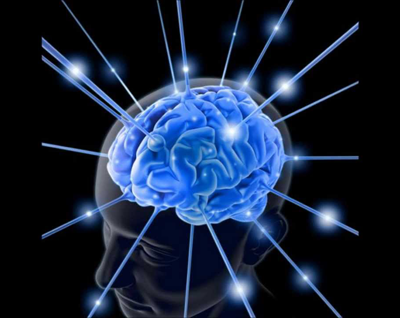

Autistic savants are a rarity, but they in particular show signs of spectacular memory. Some individuals with autism display extraordinary memory, including those with autism spectrum disorders such as Asperger syndrome. These sporadic occurrences of eidetic memory are not triggered consciously in most cases. However, this process is generally most evident when those with eidetic memory make an effort to remember such details.Īlso, it is not uncommon that some people may experience ‘sporadic eidetic memory’, where they may describe some number of memories in very close detail. They may recall an event with greater detail while those with a different memory remember daily routines rather than specific details that may have interrupted a routine. People who have a generally capable memory often use mnemonic devices (such as division of an idea into enumerable elements) to retain information while those with eidetic memory remember very specific details, such as where a person was standing, what the person was wearing, etc. However, there are distinct differences in the manner in which information is processed. Some people who generally have a good memory claim to have eidetic memory. This fact stands in contrast to the general misinterpretation of the term which assumes a constant and total recall of all events. Much like any other memory, the intensity of the recall may be subject to several factors such as duration and frequency of exposure to the stimulus, conscious observation, relevance to the person, etc. They may also find it difficult to focus on the present moment, because they are constantly bombarded with memories of the past.Įidetic or photographic memory is popularly defined as the ability to recall images, sounds, or objects in memory with extreme precision and in abundant volume.Įidetic memory as observed in children is typified by the ability of an individual to study an image for approximately 30 seconds, and maintain a nearly perfect photographic memory of that image for a short time once it has been removed-indeed such eidetickers claim to “see” the image on the blank canvas as vividly and in as perfect detail as if it were still there. People with eidetic memory may find it difficult to forget information, even if they want to. However, eidetic memory can also be a burden. For example, they may be able to remember long lists of numbers or dates, or they may be able to remember the details of a book they have read only once. People with eidetic memory can use their memory to excel in school, at work, and in other areas of their lives. Some scientists believe that it is a genetic trait, while others believe that it is the result of environmental factors, such as early exposure to learning and memory techniques.Įidetic memory can be a very useful ability. There is no one known cause of eidetic memory. However, there are a few adults who have been able to retain their eidetic memory.

Eidetic memory is most common in children, and it typically disappears by the time a person reaches adolescence. They can also recall information from memory with great accuracy, even if they have only seen it or heard it for a short period of time.Įidetic memory is a rare ability, and it is estimated that only about 2% of the population has it. People with eidetic memory are able to visualize information in their minds with such clarity that it is as if they are looking at a photograph.

Eidetic memory, also known as photographic memory, is a type of exceptional memory that allows a person to recall images, sounds, or objects with extraordinary accuracy and clarity.


 0 kommentar(er)
0 kommentar(er)
